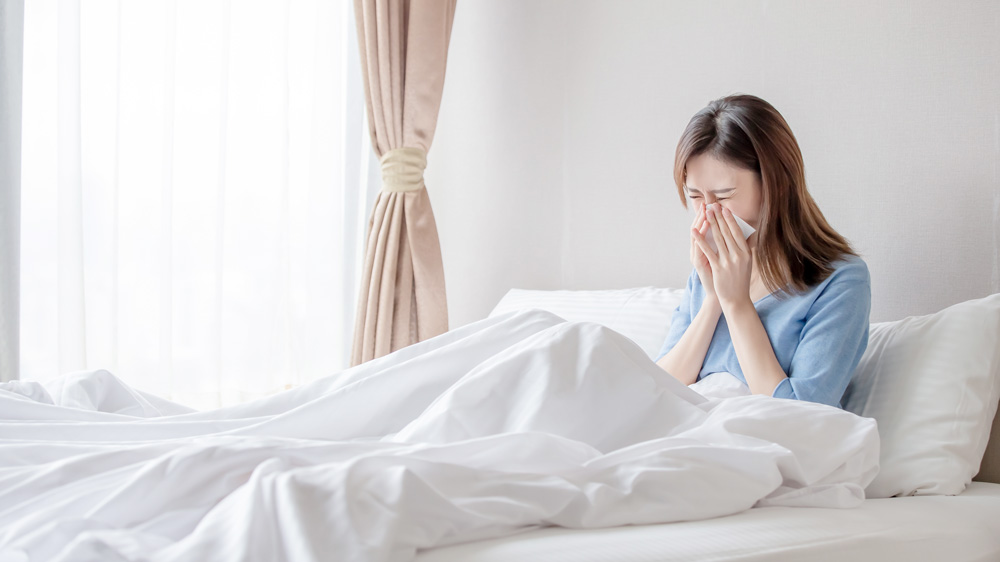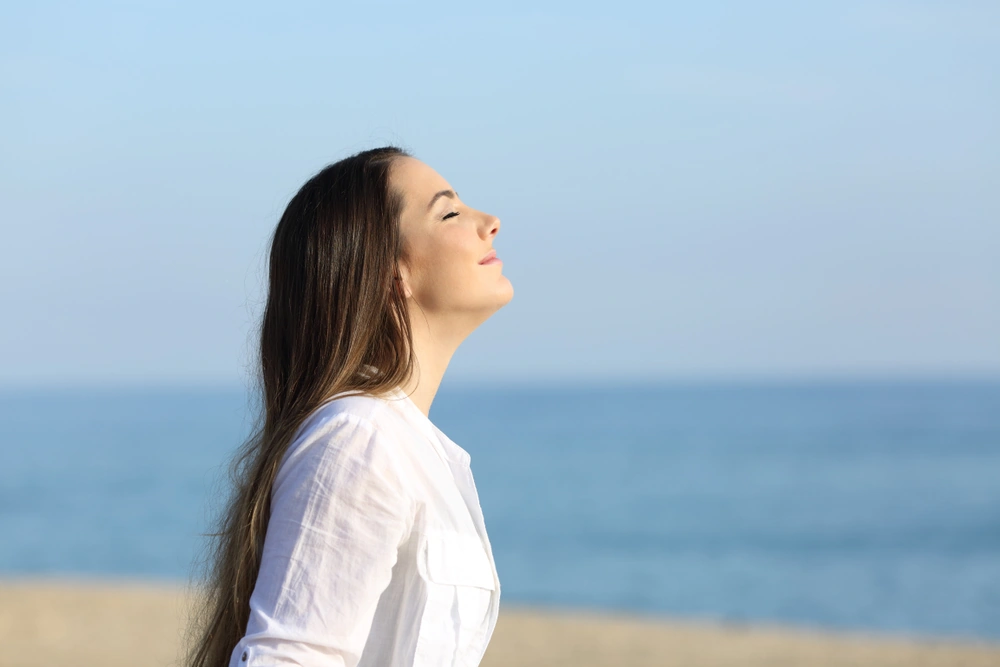What do you associate with spring? Warm weather, flowers blooming and clear skies might be some popular answers. But for a lot, spring means allergies and hay fever season. According to research and data, approximately 20% of UK residents suffer from hayfever.
For some, hayfever can be a simple springtime nuisance, but for the bulk of hayfever sufferers, the itchy eyes and runny noses can ruin entire days. It’s no surprise then that many are always on the lookout for any treatment and remedy that can ease the symptoms.
And while there are medications you can take, you may find some home remedies are just as effective. In this article we list some home remedies for hayfever that you can do today to ease it’s discomforting and painful symptoms.
What is hay fever?
Hay fever, also known as allergic rhinitis, is a seasonal (though for some it can be perennial) condition that involves an allergic reaction to environmental allergens. But why is it so associated with springtime?
It’s because one of the biggest triggers of hay fever, pollen, is particularly abundant during the flower blooming season of spring. Pollen isn’t just the sole allergen that triggers hay fever. Things like animal hair, grass, mould and dust mite can also cause the irritation and inflammation associated with hay fever.
Hay fever symptoms
Some common hay fever symptoms can include:
- Runny or blocked nose
- Sore throat
- Excessive sneezing
- Itchy ears and throat
- Puffy, red and watery eyes
- Headaches
Other symptoms that are not as common include:
- Itchy skin
- Sinus pain
- Coughing
- Fatigue
These symptoms usually occur immediately after being exposed to pollen or other allergens.
Hay fever home remedies
Now that you know what hay fever is, you can start to look into how you can treat it. These 10 home remedies for hayfever are perfect for relieving the symptoms of hay fever.
1 – Vaseline
Vaseline (or any other brand of petroleum jelly) can work wonders for hay fever. By applying a layer of vaseline underneath your nostrils, you essentially block any allergen and prevent any allergic reaction from occurring. Doing this before you step out of the house for the day is a great way to stave off hay fever.
2 – Air purifiers
Using air purifiers are great home remedies for hayfever. They work to reduce the amount of allergens in the air. They usually consist of filters that capture pollen, pollutants and particles. Having an air purifier in your home can reduce the chance your hay fever is triggered during spring time.
3 – Essential oils
Essential oils are compounds extracted from plants and flowers and are a part of aromatherapy. While you might think this is counter-intuitive (since plants are big hay fever culprits), the diffusal of these oils can help relieve hay fever symptoms. Some examples include lavender and eucalyptus, which both have anti-inflammatory properties.
4 – Anti-inflammatory foods
On the topic of anti-inflammatory properties, regularly eating the right food can help both build resistance and treat the symptoms of hay fever. Some anti-inflammatory foods you can eat include:
- Fatty fish
- Fruit
- Nuts
- Green leafy vegetables
- Olive oil
These foods are high in natural antioxidants and polyphenols, making them great for the symptoms of hay fever.
5 – Herbal tea
Consuming herbal teas are great natural remedies for hay fever because they can help calm the inflammation caused by hay fever. What types of herbal tea are the best to drink? Stinging nettle, peppermint, green and rooibos tea are all high in antioxidants, decongestants and bioflavonoids – perfect for combating the allergic reaction of hay fever.
6 – Probiotics
Probiotics are made up of natural bacteria which help keep your body healthy and functional. By regularly eating food high in probiotics you are keeping your overall body healthy which in turn helps ease allergic reactions and hayfever. Some examples of these foods include kimchi, sauerkraut, kefir and pickled vegetables.
7 – Vitamin C
Vitamin C is a natural antihistamine and boosts the body’s immune system. It’s also a strong anti-inflammatory and antioxidant. This makes it a powerful ally in the battle against hay fever. You can increase your Vitamin C intake by taking supplements or eating food high in Vitamin C such as broccoli, citrus fruits and strawberries.
8 – Saline nasal solution
The stuffiness of the nose is one of the most annoying symptoms of hay fever. It makes breathing hard and can contribute to increased fatigue and tiredness. Saline nasal solutions are fantastic home remedies for hayfever. They can be sprayed up the nose to clear blockages. You can make your own saline solution with tap water and table salt.
9 – Keeping doors and windows closed
It might seem like an arbitrary home remedy for hayfever. But reducing the pollen count that enters your home via open windows can greatly help hay fever sufferers. Instead of opening windows for air flow, consider using your air conditioner in your house and in your car.
10 – Taking showers and washing sheets
Showering can be a great way to soothe symptoms of hay fever. Pollen can get caught in our hair and on our clothes which continues the reaction long after you’ve come home. Washing sheets can also make sure there are no pollen, animal hair or mites when you eventually go to bed in the evening.
Don’t let hay fever ruin your spring!
Spring should be made for the outdoors, especially after the cold of a long winter. Don’t let allergies and hay fever get in the way of enjoying the warm spring breeze that comes during this time of the year.
These home remedies for hayfever are just one of many great articles on the OSIM Wellness blog. We have articles covering pain relief, massages and stress management. Head on over there now to find the kind of information that will help you live a more healthier lifestyle today!




